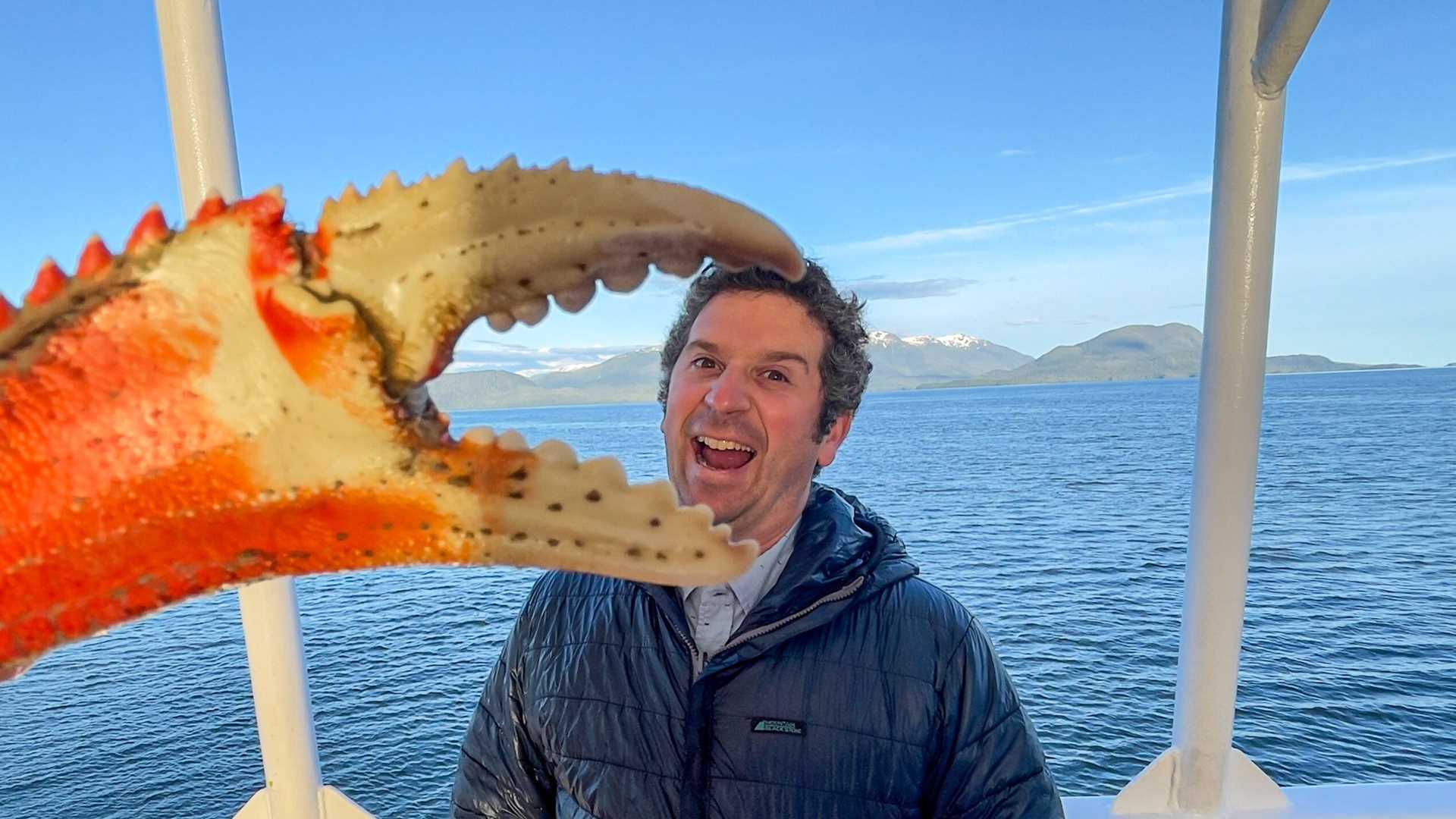We had a great time exploring the Kashevarof Islands in Southeast Alaska today! Read the photo captions to learn more!
Call +1.800.397.3348 or contact your travel advisor
Call +1.800.397.3348 or contact your travel advisor

View all info
We had a great time exploring the Kashevarof Islands in Southeast Alaska today! Read the photo captions to learn more!
Kim is a marine biologist, fine art photographer, and avid fisherman. Based in Juneau, Alaska, Lingít Aaní, she spends her time between the mountains and the ocean. She earned a Bachelor of Science in Biology and Cognitive Neuroscience from the Unive...
Read MoreShare Report
6/15/2025
Read
National Geographic Sea Lion
Today, we embarked on a voyage through the breathtaking Endicott Arm, a 30-mile fjord carved by ancient glaciers. As our vessel glided through the jade-green waters, towering granite cliffs rose on either side, with cascading waterfalls fed by melting snowfields. The fjord's serene beauty was punctuated by the occasional splash of harbor seals diving from ice bergs and the distant sight of mountain goats navigating the rugged terrain. Approaching the terminus of the fjord, the awe-inspiring Dawes Glacier came into view. Standing over 500 feet tall and half a mile wide, its icy facade shimmered in hues of blue and white. We boarded Zodiacs to get a closer look, maneuvering through a maze of icebergs, each uniquely sculpted by nature. Suddenly, a thunderous crack echoed as a massive chunk of ice calved from the glacier, crashing into the water below and sending ripples across the fjord—a humbling reminder of nature's power. The journey through Endicott Arm was more than a scenic cruise, it was an intimate encounter with the raw, dynamic forces that shape Alaska's wilderness. The memories of shimmering glaciers, playful seals, and towering cliffs will linger, a testament to the allure of this pristine frontier.
6/14/2025
Read
National Geographic Sea Lion
After a long run last night, National Geographic Sea Lion docked just after 7:00 AM. Our first hikers left to climb Mt. Riley while hot coffee was still fresh in cups. Throughout the day, our guests had cultural experiences, floated down rivers, hiked, biked, fly fished, and visited the local brewery. Haines is a mecca for Alaskan adventures, and it delivered for our guests today.
6/13/2025
Read
National Geographic Sea Lion
National Geographic Sea Lion made her way through Icy Strait to the confluence of the Inside Passage and the Pacific Ocean this morning. Here lies one of the most special places in Alaska: the Inian Islands. From our Zodiacs, we had a truly expeditionary morning exploring the waterways between the islands. The extreme tides here bring a buffet of food for local wildlife, such as the sea otters, Steller sea lions, harbor seals, and bald eagles we saw this morning. We then made a short trip to Port Althorp, just south of the Inian Islands, and spent the afternoon hiking. The sun was out as we explored the coastline and then headed inland to the magical forest of tall trees, mosses, and ferns. After a crab feast dinner, the bow was the place to be as pods of Dall’s porpoises visited to bow ride the ship. It was a perfect day, encompassing everything it means to travel on an expedition.